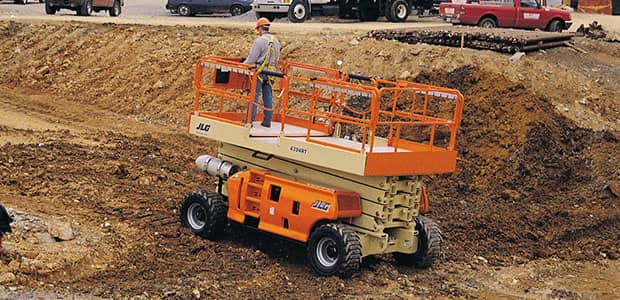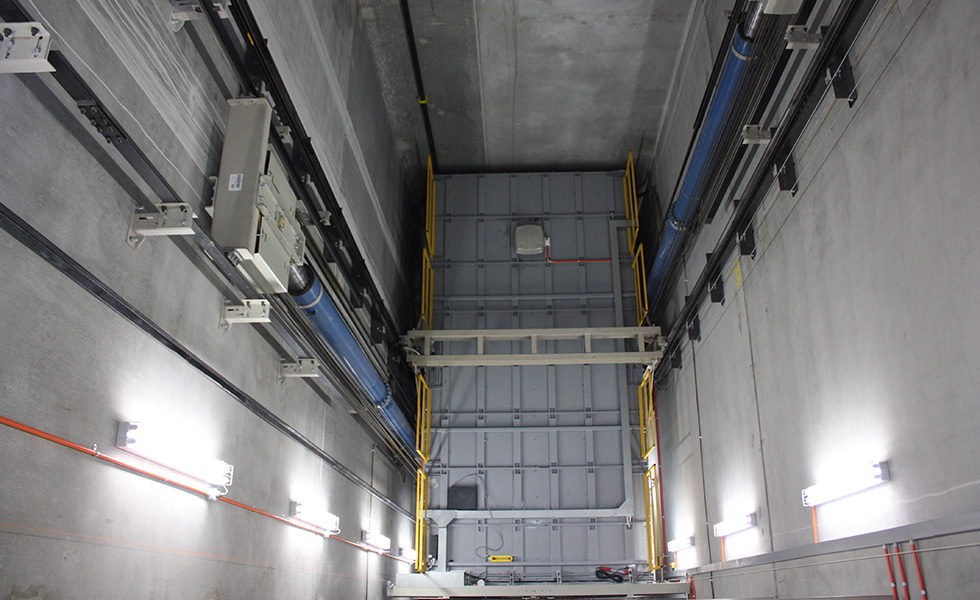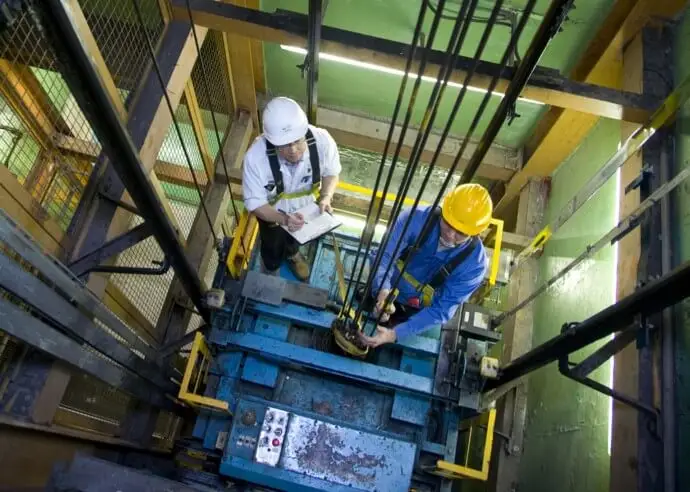Pro Tips for Maintaining Your Lift in Leading Problem: A Thorough Summary
Making sure the optimum functioning of a lift system is imperative for a effective and secure operation in numerous settings, from industrial storehouses to business buildings. By adhering to an organized maintenance regimen and preemptively attending to possible concerns, lift owners can mitigate pricey downtime and security risks.

Importance of Regular Maintenance
Regular upkeep of your lift is essential to ensure its ideal efficiency and long life. By sticking to a routine upkeep schedule, you can determine and deal with prospective concerns prior to they escalate into expensive fixings or unexpected downtime. Regular upkeep jobs such as lubricating moving parts, examining for deterioration, and inspecting hydraulic systems can help avoid breakdowns and make sure safe operation.
Overlooking normal maintenance not only jeopardizes the effectiveness of your lift but likewise postures safety risks to users and residential or commercial property. Parts that are not effectively kept may fall short all of a sudden, leading to accidents or damage to the lift itself. Additionally, addressing issues at an early stage through maintenance can expand the life-span of your lift and lower the chance of major malfunctions.
Along with enhancing security and performance, routine upkeep can likewise save you money over time. By buying precautionary maintenance steps, you can prevent pricey fixings or substitutes that may arise from neglecting the maintenance of your lift. On the whole, focusing on routine upkeep is essential for taking full advantage of the functionality and longevity of your lift system.
Top Components to Evaluate

In addition, pay close focus to the lift's safety and security attributes, such as emergency situation quit switches, security sensing units, and interlocking systems, to ensure they are functioning appropriately. On a regular basis evaluate the lift shaft for particles or blockages that can restrain the activity of the lift car.
Aggressive Troubleshooting Strategies
By tracking metrics such as lift rate, motor temperature, and power intake, maintenance groups can identify very early signs of prospective concerns and take corrective activities before they rise. Additionally, carrying out a preventative upkeep timetable that includes lubrication of moving parts, screening of emergency brakes, and calibration of sensing units can proactively address common lift system issues.
Furthermore, purchasing training programs for upkeep staff on troubleshooting methods particular to the lift design set go now up can encourage them to diagnose and deal with concerns swiftly. By staying ahead of prospective troubles with aggressive troubleshooting, lift operators can make certain a smoother and extra reliable operation while reducing the danger of unexpected failures.
Crucial Lubrication Practices
Applying correct lubrication techniques is critical for ensuring the smooth operation and longevity of lift systems. Regular lubrication helps in reducing rubbing in between relocating components, avoiding deterioration that can cause expensive repair services and downtime. When it involves lift maintenance, following a strict lubrication timetable is essential.
Picking the appropriate lube is the primary step browse around here in effective upkeep. Different parts of the lift system might need particular sorts of lubes, such as grease or oil. Consult the manufacturer's standards to determine the ideal lubes for each and every component.

Deal with any concerns promptly to protect against further damage and guarantee the ongoing smooth procedure of your lift system. By prioritizing appropriate lubrication methods, you can expand the life-span of your lift and maximize its performance.
Security Procedures for Lift Operators
In order to preserve a safe functioning atmosphere and maintain operational efficiency, lift drivers should carefully adhere to suggested safety and security protocols, along with prioritizing essential lubrication techniques for optimum lift performance. Security steps for lift drivers are essential to avoid crashes and guarantee the smooth performance of the lift system.
Additionally, lift operators must prioritize individual protective devices (PPE) such as helmets, gloves, and harness when operating at elevations or handling heavy lots. Clear communication amongst operators, maintenance technicians, and various other workers is essential to avoid misconceptions that could lead to crashes. Lastly, operators must continue to be cautious, concentrated, and stay clear of interruptions while running the lift to ensure the safety of themselves and others in the vicinity.
Final Thought
To conclude, keeping a lift in top this contact form condition is critical for guaranteeing safety and security and performance in operations. Regular maintenance, thorough evaluations of crucial elements, aggressive troubleshooting, correct lubrication techniques, and adherence to security steps are necessary for lengthening the life expectancy of the lift and protecting against crashes. By adhering to these standards, lift drivers can guarantee the continued performance and security of their devices.
Comments on “24/7 Lift Maintenance Repair: Prompt and Efficient Solution”